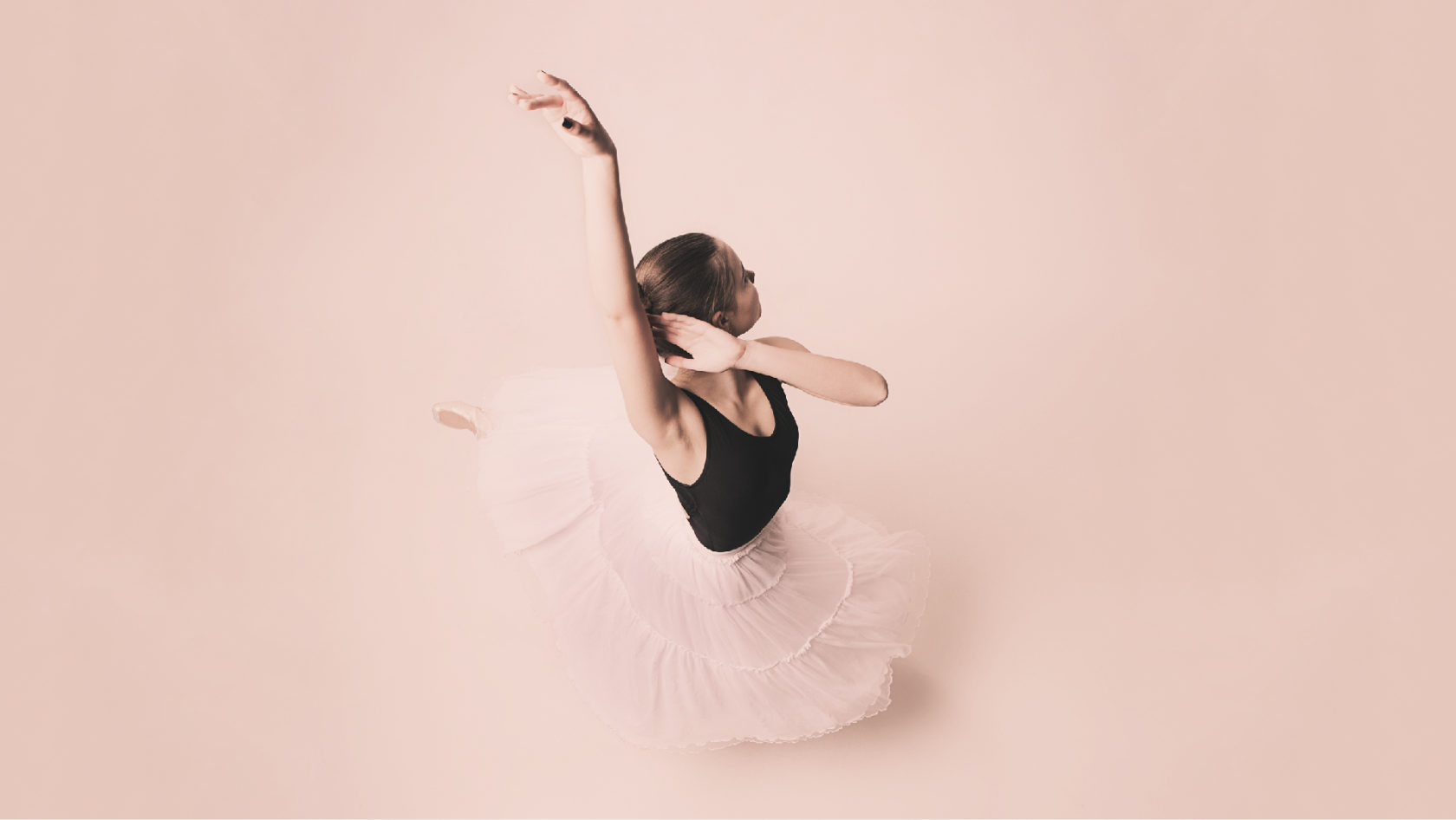The advanced dancer looks for ways to set themselves apart from the rest. How can they make their pirouette look different from the dancer standing next to them? What quality can they inject into their petit allegro that will glue all eyes on them? What dynamic do they wish to incorporate into their port de bras to add that special something no one else can replicate?
There are many ways to explore artistry. How we use our hands and fingers might not be the most obvious way, but it certainly can make all the difference. Careless use of the hands and fingers can break the entire picture, poison the whole movement, or simply dull the beauty of the moment.
Advanced dancers are not purposely negligent. They recognize the need for refinement and they thrive on perfecting the tiniest details. But there are so many details in ballet, it is impossible to give all the details all the attention all of the time. Hands and fingers can get swallowed in the mix of it all and, if we don’t intervene soon enough, bad habits can take root.
I like to allow ample opportunity for my advanced students to be reminded of their hands and fingers in the following ways:
- Say — “Shape your fingers”, “Gentle touch”, “Paint the air”. Simple cue phrases like this are easy to work into class and take no time at all.
- Barely There Touch — Tap a wrist that is drooping. Stroke a hand that is clenched. Tickle fingers that are stiff. But do all these things in a barely there type of way. Like a whisper of a touch. It will send a trigger to that part of the body to remember its job.
- Allow Time — Ballet class is never long enough. But we must allow our students time to process. Advanced dancers are not professionals yet. While they might not need time to memorize the sequence of steps, they often do need more time than we give them to choose how to put the details into the sequence of steps. This doesn’t mean we give them loads of minutes. Just a moment to get some clarity on what they wish to do. And in this time we can remind them to consider their hands and fingers.
- Go Back — Go back to the basics, but in an advanced way. Ask them to do a combination with a focus on what their fingers are expressing. Make sure the combination is simple enough so they can isolate in this way. Have them create an enchainement that exclusively targets hands and fingers (or create one for them), and give plenty of corrections on nuances and quality. Encourage them to explore the ways in which they can move their hands and fingers and how those various ways can alter the completed look and feel of a movement.
A mile high developpé is not as beautiful if the wrists are broken, and a flying jeté is not as impressive if the fingers hold a stiff tension. The hands and fingers have the capacity to make a dancer appear far less refined or far more exquisite.
Related Articles


Comments
Scott Nicholls/Mr. Shuffles says
Great Article and Points Made. Can We Say---DANCE to the Ends of Your FingerTips..!
Sarah says
Will ijoin
Add Comment